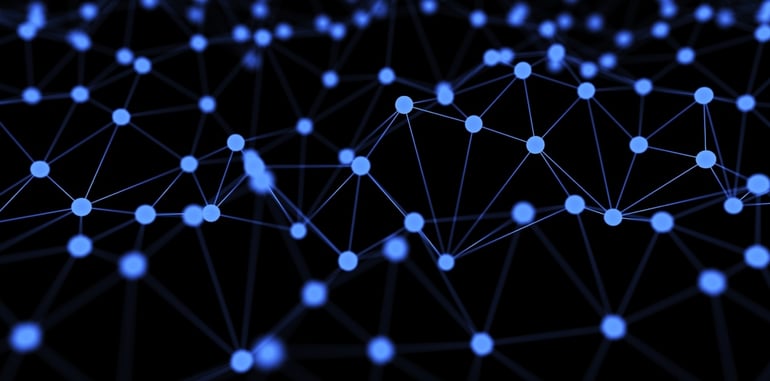There has been a recent surge of interest in Artificial Intelligence. Businesses have been fascinated with the opportunities that it can provide. However, this interest has much more to do with Deep Learning - autonomous, self-teaching systems - than other factions of AI.
What is Deep Learning?
Deep learning is a type of machine learning that helps computers understand situations by learning examples, much like how humans do. They utilize a complex series of architectures referred to as deep neural networks, which contains a "deep" level of hidden layers inside of an artificial neural network.
To give an example, a standard neural network only contains two to three hidden layers; deep neural networks can have over a hundred.
Artificial Neural Networks
An artificial neural network, also known as a connectionist system, is a computing system inspired by the biological neural networks that comprise living creatures' brains. These systems are taught and "learn" by improving their performance without task-specific programming. Instead, they use examples such as image recognition to identify objects.
Neural networks are used in a variety of different tasks such as speech recognition, medical diagnosis, or translation services.

What Does Deep Learning Do?
Deep learning is the driving force (no pun intended) for autonomous cars, lifelike robots, and even believable chatbots. It helps machines improve and recognize patterns, objects, and even identify obstacles in their path.
Other Examples of Deep Learning
Most people know deep learning due to self-driving cars, intelligent chatbots, or Google's Deep Dream - the generator that can create some very disturbing images that are thought up by machines. (When we at V-Soft tried the Deep Dream generator we got a lot of dog faces.) Deep learning definitely goes much further than that - here are just a few of the incredible things that these machines are doing:- Automatic Language Translation: Deep learning is capable of reading and automatically translating one language to another in real-time, even if the text in question is being viewed through a camera.
- Image Caption Generation: Have you ever noticed while browsing a website that before the images show up they have text that say something like, "Image may contain: multiple people, smiles, peace sign"? This is thanks to deep learning reviewing pictures and identifying certain pieces of it and categorizing it.
- Developing Medicine: The organization Deep Genomics is using deep learning along with their own experimentation to create genetically tailored medicine to individuals.
- Face Capture & Reenactment: Deep learning algorythms have enabled video manipulation involving a simple webcam and program. By using a source actor, the user is able to replicate an existing video's content while placing the source actor's expressions on it. Watch a video on how this is done here:
How Does Deep Learning Benefit Businesses?
- Improving Profits: There are dozens of different ways for deep learning to improve a business' profits. From being able to better target and understand your audience to improving efficiency, deep learning is creating a better way to run companies.
- Optimization & Streamlining: Not only can deep learning help you optimize storage space or help you locate frequently used items quicker, it can help save you considerable amounts of money for doing so.
- Fraud Detection: Financial institutions are always struggling with fraud. Online payment vendor, PayPal®, utilizes deep learning to identify cases of potential fraud.
- Predictive Analysis: Most uses of deep learning are to analyze things and categorize them. Companies like Pinterest will utilize deep learning to predict what will pique your interest depending on other images you've added or show tailored ads to you.
















